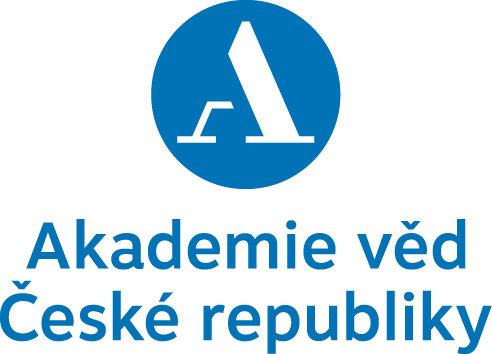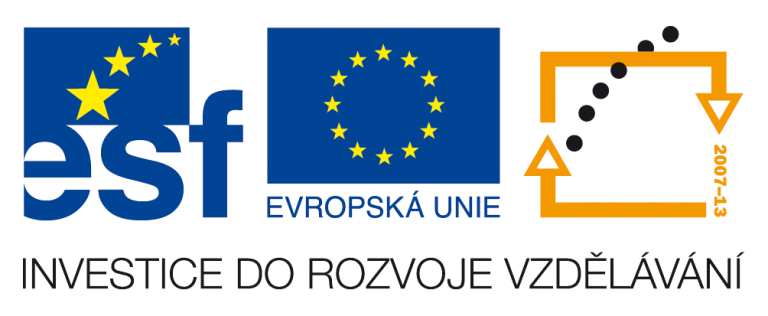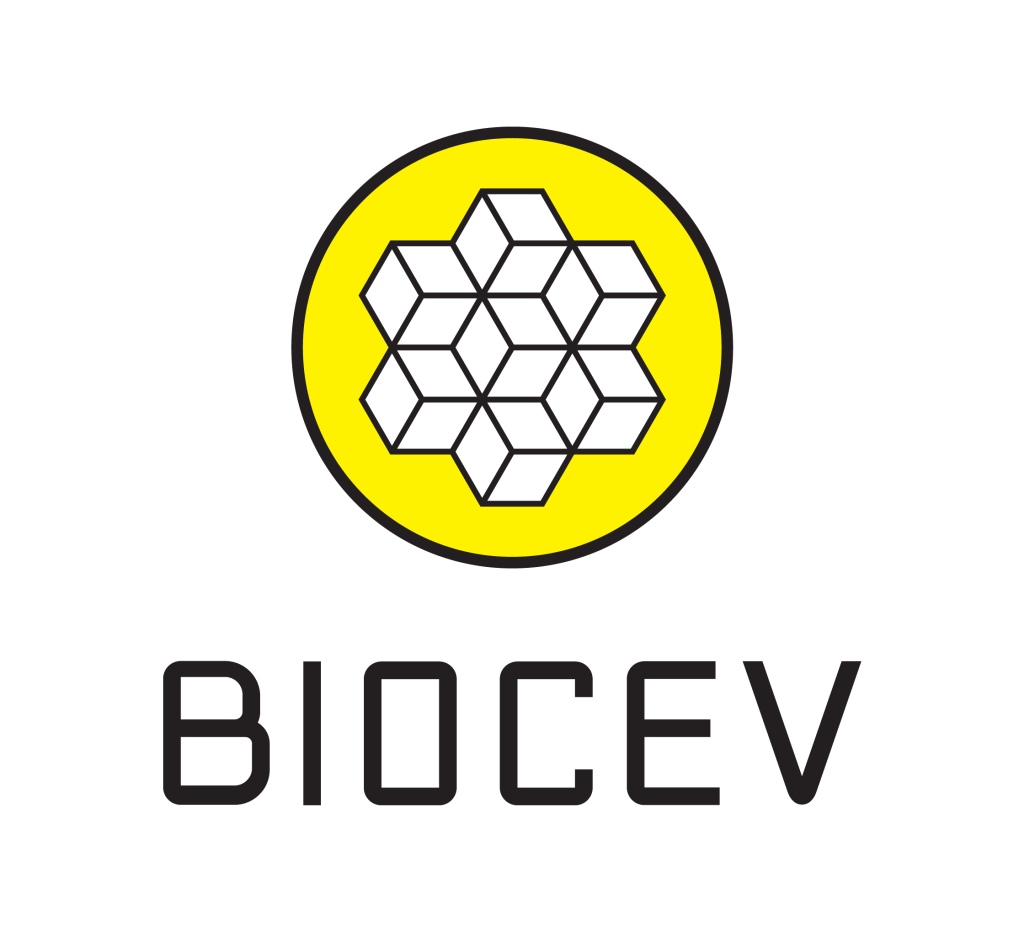Publications
Brejchová; Kristýna - Rahm; Michal - Beňová; Andrea - Domanská; Veronika - Reyes Gutierrez; Paul Eduardo - Džubanová; Martina - Trubačová; Radka - Vondráčková; Michaela - Čajka; Tomáš - Tencerová; Michaela - Vrábel; Milan - Kuda; Ondřej Uncovering mechanisms of thiazolidinediones on osteogenesis and adipogenesis using spatial fluxomics. Metabolism-Clinical and Experimental. 2025; 166(May); 156157.
IF = 10.9
Villani; F. - Guarracino; A. - Ward; R. R. - Green; T. - Emms; M. - Pravenec; Michal - Sharp; B. - Prins; P. - Garrison; E. - Williams; R. W. - Chen; H. - Colonna; V. Pangenome reconstruction in rats enhances genotype-phenotype mapping and variant discovery. iScience. 2025; 28(2); 111835.
IF = 4.6
Lems; W. F. - Anastasilakis; A. D. - Andreasen; C. M. - Paccou; J. - Rolvien; T. - Tencerová; Michaela - Tuckermann; J. - Yavropoulou; M. P. - Soe; K. Basic and Clinical Scientists Working Together-Do We Make the Best of Both Worlds?. Calcified Tissue International. 2025; 116(1); 39.
IF = 3.3
Myšková; A. - David; T. - Šedinová; M. - Demirci; I. - Polášek; M. - Kuneš; Jaroslav - Maletínská; L. - Sýkora; D. - Kaňa; A. Liquid chromatography–inductively coupled plasma mass spectrometry analysis of peptides labelled with ClickZip mass tags. Analytica Chimica Acta. 2025; 1350(May); 343853.
IF = 5.7
Černotová; Daniela - Hrůzová; Karolína - Touš; Jan - Janča; R. - Stuchlík; Aleš - Levčík; David - Svoboda; Jan Early social deficits in TgF344-AD rats are accompanied by sex-specific parvalbumin-positive interneuron reduction and altered brain oscillations in the hippocampal CA2. Neurobiology of Disease. 2025; 208(May); 106875.
IF = 5.1
Hamed; A. - Kursa; M. B. - Mrozek; W. - Piwoński; K. P. - Falińska; M. - Danielewski; K. - Rejmak; E. - Włodkowska; U. - Kubík; Štěpán - Czajkowski; R. Spatio-temporal mechanisms of consolidation; recall and reconsolidation in reward-related memory trace. Molecular Psychiatry. 2025; 30(April); 1319-1328.
IF = 9.6
Li; L. - Wu; Z. - Guarracino; A. - Villani; F. - Kong; D. - Mancieri; A. - Zhang; A. - Saba; L. - Chen; H. - Brožka; Hana - Valeš; Karel - Senko; A. N. - Kempermann; G. - Stuchlík; Aleš - Pravenec; Michal - Lechner; J. - Prins; P. - Mathur; R. - Lu; L. - Yang; K. - Peng; J. - Williams; R. W. - Wang; X. Genetic modulation of protein expression in rat brain. iScience. 2025; 28(3); 112079.
IF = 4.6
Slepička; P. - Kasálková-Slepičková; N. - Musílková; Jana - Bačáková; Lucie - Frýdlova; B. - Sajdl; P. - Kolská; Z. - Rebollar; E. - Švorčík; V. PLLA honeycombs activated by plasma and high-energy excimer laser for stem cell support. Applied Surface Science Advances. 2025; 25(January); 100662.
IF = 7.5
Bhaskaran; R. A. - Vondráčková; Z. - Koladiya; A. - Čapek; Martin - Dionigi; F. - Begall; S. - Burda; H. - Peichl; L. - Němec; P. Distinct retinal ganglion cell types in strictly subterranean; naturally microphthalmic mammals. Proceedings of the Royal Society B-Biological Sciences. 2025; 292(2038); 20242586.
IF = 3.8
Korandová; Zuzana - Pecina; Petr - Pecinová; Alena - Koňaříková; Eliška - Tesařová; M. - Houštěk; Josef - Hansíková; H. - Ptáčková; H. - Zeman; J. - Honzík; T. - Mráček; Tomáš Cryopreserved PBMCs can be used for the analysis of mitochondrial respiration and serve as a diagnostic tool for mitochondrial diseases. Analytical Biochemistry. 2025; 698(March); 115745.
IF = 2.6
Tragl; A. - Ptáková; Alexandra - Sinica; Viktor - Meerupally; R. - König; Ch. - Roza; C. - Barvík; I. - Vlachová; Viktorie - Zimmermann; K. A fluorescent protein C-terminal fusion knock-in is functional with TRPA1 but not TRPC5. Biochimica Et Biophysica Acta-Molecular Cell Research. 2025; 1872(2); 119887.
IF = 4.6
Arora; Shiyana - Houdek; Pavel - Čajka; Tomáš - Dočkal; Tereza - Sládek; Martin - Sumová; Alena Chronodisruption that dampens output of the central clock abolishes rhythms in metabolome profiles and elevates acylcarnitine levels in the liver of female rats. Acta Physiologica. 2025; 241(2); e14278.
IF = 5.6
Peteláková; M. - Neprašová; B. - Šmotková; Zuzana - Myšková; A. - Holá; L. - Petelák; A. - Áčová; A. - Cantel; S. - Fehrentz; J. A. - Sýkora; D. - Kuneš; Jaroslav - Železná; B. - Maletínská; L. Simultaneous treatment with palm-LEAP2(1–14) and feeding high-fat diet attenuates liver lipid metabolism but not obesity: Sign of selective resistance to palm-LEAP2(1–14). Molecular and Cellular Endocrinology. 2025; 597(February); 112442.
IF = 3.8
Krajčovič; Branislav - Černotová; Daniela - Buchtová; Helena - Stuchlík; Aleš - Kubík; Štěpán - Svoboda; Jan CA1 ensembles expressing immediate-early genes are driven by context switch; shrink with sustained presence; and show no effect of change of task demands. Behavioural Brain Research. 2025; 480(5 March); 115407.
IF = 2.6
Pušnik; L. - Gabor; A. - Radochová; Barbora - Janáček; Jiří - Saudek; F. - Alibegović; A. - Serša; I. - Cvetko; E. - Umek; N. - Snoj; Ž. High-Field Diffusion Tensor Imaging of Median; Tibial; and Sural Nerves in Type 2 Diabetes With Morphometric Analysis. Journal of Neuroimaging. 2025; 35(1); e70025.
IF = 2.3
Kozlov; O. - Lísa; M. - Riečan; Martin - Kuda; Ondřej Chiral supercritical fluid chromatography-mass spectrometry with liquid chromatography fractionation for the characterization of enantiomeric composition of fatty acid esters of hydroxy fatty acids. Analytica Chimica Acta. 2025; 1345(1 April); 343735.
IF = 5.7
Mengr; A. - Šmotková; Zuzana - Pačesová; A. - Železná; B. - Kuneš; Jaroslav - Maletínská; L. Reduction of Neuroinfammation as a Common Mechanism of Action of Anorexigenic and Orexigenic Peptide Analogues in the Triple Transgenic Mouse Model of Alzheimer´s Disease. Journal of Neuroimmune Pharmacology. 2025; 20(February); 18.
IF = 5.2
Beran; M. - Musílková; Jana - Sedlář; Antonín - Slepička; P. - Veselý; M. - Kolská; Z. - Vltavský; O. - Molitor; M. - Bačáková; Lucie Evaluation of Polymeric Micro/Nanofibrous Hybrid Scaffolds Prepared via Centrifugal Nozzleless Spinning for Tissue Engineering Applications. Polymers. 2025; 17(3); 386.
IF = 4.7
Prášil; I.T. - Musilová; J. - Prášilová; P. - Janáček; Jiří - Coufová; M. - Kosová; K. - Klíma; M. - Hermuth; J. - Holubec; V. - Vítámvás; P. Effect of geographical origin; regional adaptation; genotype; and release year on winter hardiness of wheat and triticale accessions evaluated for six decades in trials. Scientific Reports. 2025; 15(1); 5961.
IF = 3.8
Gazárková; T. - Vlčková Kočová; H. - Plachká; K. - Vagnerová; Karla - Dubecová; D. - Klusoňová; Petra - Pácha; Jiří - Švec; F. - Nováková; L. Comprehensive targeted profiling of multiple steroid classes in rodent plasma using liquid chromatography-mass spectrometry. Analytica Chimica Acta. 2024; 1332(15 Dec); 343362.
IF = 5.7
Andelová; K. - Sýkora; M. - Farkašová; V. - Stankovičová; T. - Szeiffová Bačová; B. - Knezl; V. - Egan Beňová; T. - Pravenec; Michal - Tribulová; N. Acclimation of Hairless Spontaneously Hypertensive Rat to Ambient Temperature Attenuates Hypertension-Induced Pro-Arrhythmic Downregulation of Cx43 in the Left Heart Ventricle of Males. Biomolecules. 2024; 14(12); 1509.
IF = 4.8
Kunčická; Daniela - Cmarková; Nathalie - Ondráčková; Simona - Kačer; D. - Rodriguez; D. B. - Valeš; K. - Svoboda; Jan - Brožka; Hana - Stuchlík; Aleš Serotonin and effort-based decision-making: Dissociating behavioral effects of 8-OH-DPAT and PCPA. Physiological Research. 2024; 73(5); 869-880.
IF = 1.9
Morgan; A. - Shekhar; Nivasini - Strnadová; V. - Pirník; Z. - Haasová; Eliška - Kopecký; Jan - Pačesová; A. - Železná; B. - Kuneš; Jaroslav - Bardová; Kristina - Maletínská; L. Deficiency of GPR10 and NPFFR2 receptors leads to sex-specific prediabetic syndrome and late-onset obesity in mice. Bioscience Reports. 2024; 44(10); BSR20241103.
IF = 3.8
Horáková; Olga - Janovská; Petra - Irodenko; Ilaria - Burešová; Jana - van der Stelt; I. - Stanić; Sara - Haasová; Eliška - Shekhar; Nivasini - Kobets; Tetyana - Keijer; J. - Zouhar; Petr - Rossmeisl; Martin - Kopecký; Jan - Bardová; Kristina Postnatal surge of adipose-secreted leptin is a robust predictor of fat mass trajectory in mice. American Journal of Physiology - Endocrinology And Metabolism. 2024; 327(6); E719-E745.
IF = 4.2
Vojtová; Jana - Čapek; Martin - Willeit; S. - Groušl; Tomáš - Chvalová; Věra - Kutejová; E. - Pevala; V. - Valášek; Leoš Shivaya - Rinnerthaler; M. A fully automated morphological analysis of yeast mitochondria from wide-field fluorescence images. Scientific Reports. 2024; 14(1); 30144.
IF = 3.8
Škurlová; M. - Holubová; K. - Kletečková; L. - Kozák; T. - Kubová; Hana - Horáček; J. - Valeš; K. Chemobrain in blood cancers: How chemotherapeutics interfere with the brain’s structure and functionality; immune system; and metabolic functions. Medicinal Research Reviews. 2024; 44(1); 5-22.
IF = 10.9
Horáková; Eva - Vrbacký; Marek - Tesařová; Martina - Stříbrná; Eva - Pilný; J. - Vavrušková; Zuzana - Vancová; Marie - Sobotka; R. - Lukeš; Julius - Perner; Jan Haptoglobin is dispensable for haemoglobin uptake by Trypanosoma brucei. Frontiers in Immunology. 2024; 15(JULY); 1441131.
IF = 5.7









